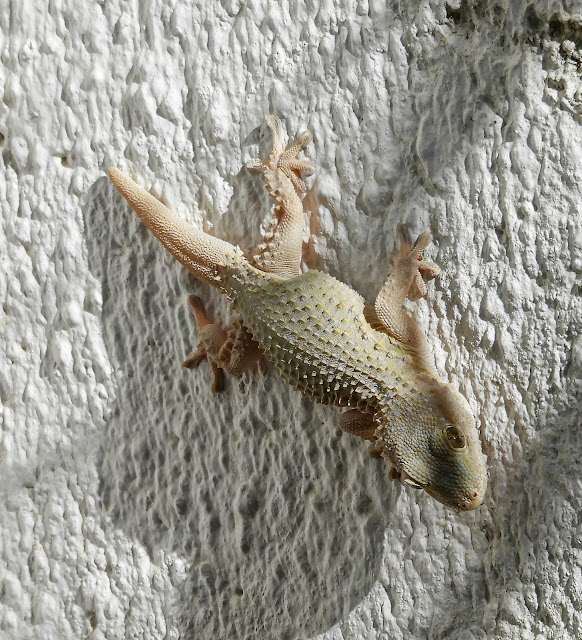The red-eared slider or red-eared terrapin (Trachemys scripta elegans) is a subspecies of the pond slider (Trachemys scripta), a semiaquatic turtle belonging to the family Emydidae. It is the most popular pet turtle in the United States, is also popular as a pet across the rest of the world, and is the most invasive turtle. It is the most commonly traded turtle in the world.
The red-eared slider is native from the Midwestern United States to northern Mexico, but has become established in other places because of pet releases, and has become invasive in many areas where it outcompetes native species. The red-eared slider is included in the list of the world's 100 most invasive species.
Invasive red-eared sliders cause negative impacts in the ecosystems they are introduced to because they have certain advantages over the native populations, such as a lower age at maturity, higher fecundity rates, and larger body size, which gives them a competitive advantage at basking and nesting sites, as well as when exploiting food resources. They also transmit diseases and displace the other turtle species with which they compete for food and breeding space.
Owing to their popularity as pets, red-eared sliders have been released or escaped into the wild in many parts of the world. This turtle is considered one of the world's worst invasive species. Feral populations are now found in Bermuda, Canada, Australia, Europe, Great Britain, South Africa, the Caribbean Islands, Israel, Bahrain, the Mariana Islands, Guam, Russia, and south- and far-east Asia. Within Great Britain, red-eared sliders have a wide distribution throughout England, Scotland, and Wales.
In Australia, it is illegal for members of the public to import, keep, trade, or release red-eared sliders, as they are regarded as an invasive species – see below. Their import has also been banned by the European Union as well as specific EU member countries. In 2015, Japan announced it was planning to ban the import of red-eared sliders, but it would probably not take effect until 2020.

Red-eared sliders do not hibernate, but actually brumate; while they become less active, they do occasionally rise to the surface for food or air. Brumation can occur to varying degrees. In the wild, red-eared sliders brumate over the winter at the bottoms of ponds or shallow lakes. They generally become inactive in October, when temperatures fall below 10 °C (50 °F). During this time, the turtles enter a state of sopor, during which they do not eat or defecate, they remain nearly motionless, and the frequency of their breathing falls. Individuals usually brumate under water, but they have also been found under banks and rocks, and in hollow stumps. In warmer winter climates, they can become active and come to the surface for basking. When the temperature begins to drop again, however, they quickly return to a brumation state. Sliders generally come up for food in early March to as late as the end of April.
%201.jpg)
%202.jpg)
%201.jpg)
%202.jpg)



%201.jpg)


%202.jpg)










%201.jpg)
%202.jpg)
%201.jpg)


%202.jpg)



%2020.jpg)





